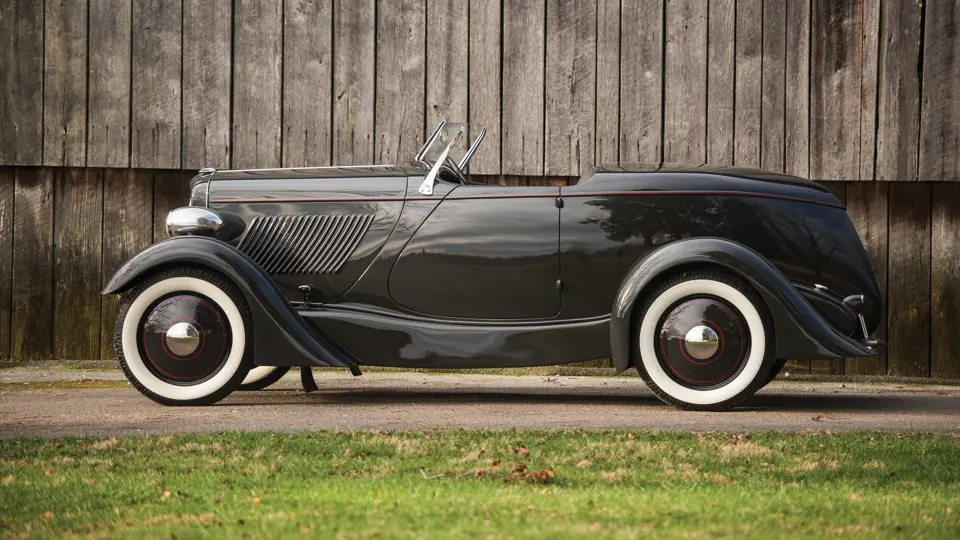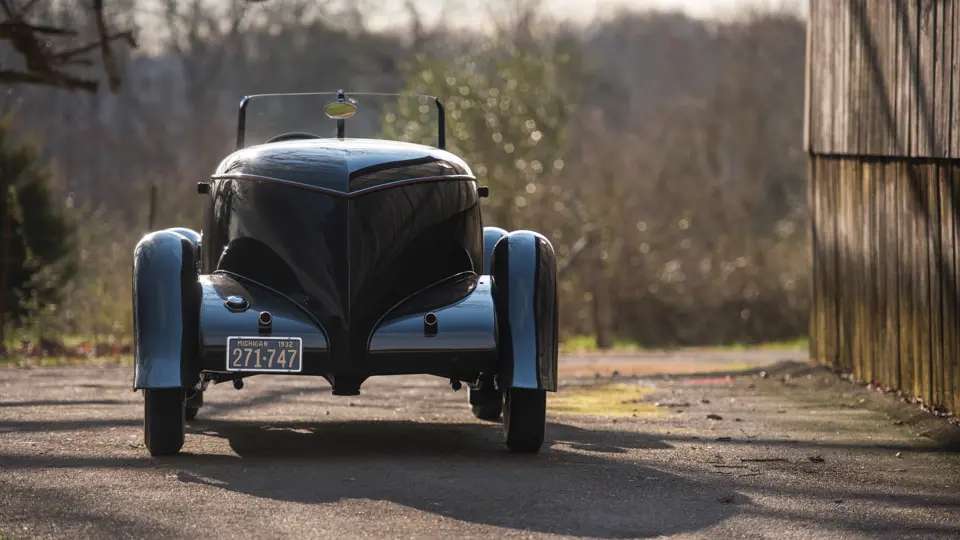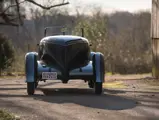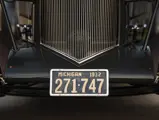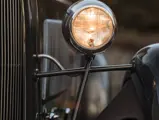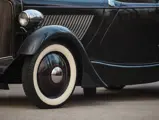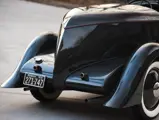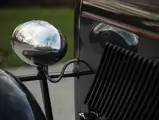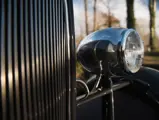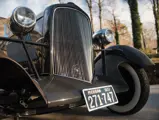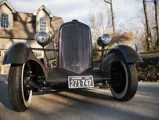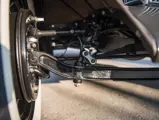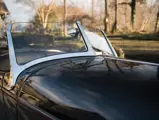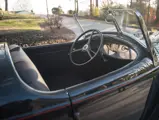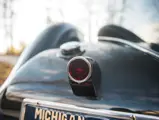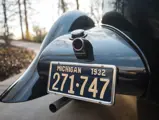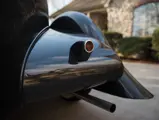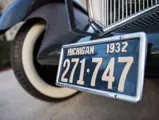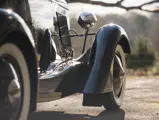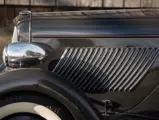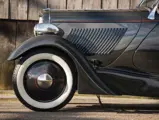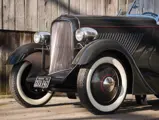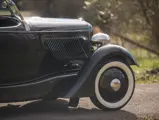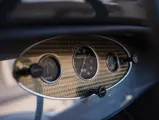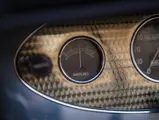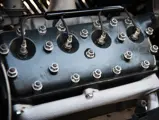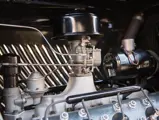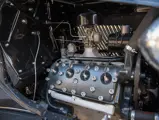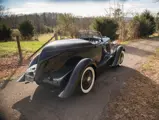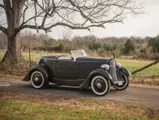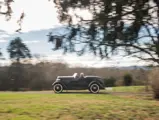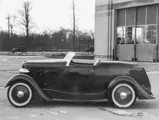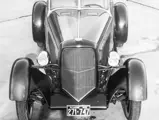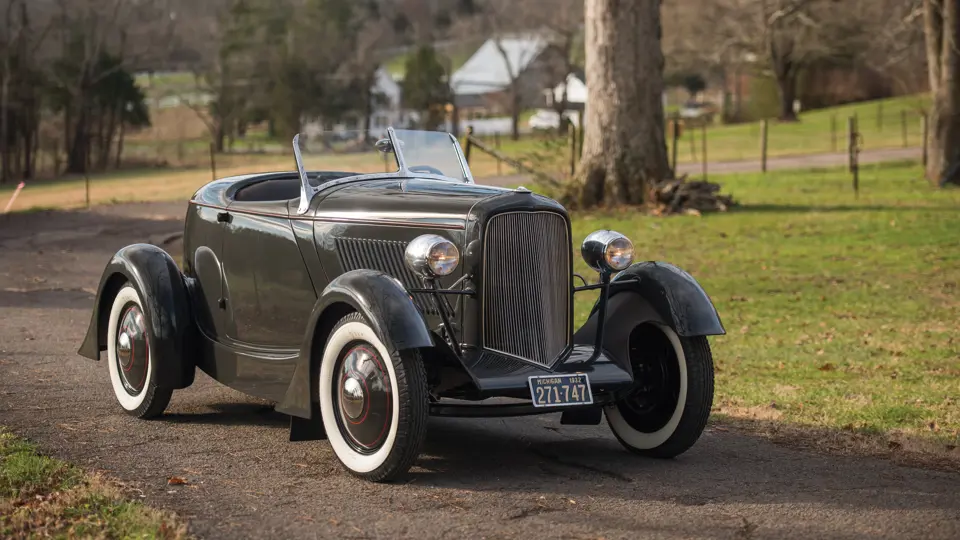
1932 Ford Model 18 Edsel Ford Speedster
{{lr.item.text}}
$770,000 USD | Sold
{{bidding.lot.reserveStatusFormatted}}
- As written and researched by renowned automotive writer Ken Gross
- The first of three one-off custom speedsters built for Edsel Ford
- Designed by Bob Gregorie and constructed by Ford Aircraft
- Amelia Island Concours d’Elegance award winner
- A highly significant landmark of Ford history and design
- Never before offered for public sale
85 bhp, 221 cu. in. Ford flathead V-8 engine with a Stromberg 81 two-barrel carburetor, solid front axle with semi-elliptic leaf spring, solid rear axle with semi-elliptic leaf spring, and four-wheel mechanical drum brakes. Wheelbase: 106 in.
EDSEL THE ARTIST
Edsel B. Ford was the President of Ford Motor Company from the age of 25 until his untimely death in May of 1943. But his father (and company founder) Henry Ford called the shots. The elder Ford was a mechanically clever farm-boy-turned-inventor who literally put America on wheels with his simple and practical, but efficiently mass-produced and affordable, Model T. Shrewd and idiosyncratic, Henry was unwilling to share power with his only son. The elder Ford ruled over the more gentle and artistic Edsel and retained a crew of faithful employees to ensure that Ford Motor Company ran his way.
Nonetheless, Edsel Ford managed to exert considerable influence, first on the styling of early Lincolns, then on milestone cars such as the 1928 Model A, the 1932 Ford, and many models that followed, including the Lincoln-Zephyr, the first Mercury Eights, and the original Lincoln Continental. A consummate auto enthusiast with an elegant flair for design, he drove a succession of interesting cars, from modified Model T speedsters to a Stutz, a Bugatti, and a Hispano-Suiza. An accomplished fine artist, who took painting lessons all his life, Edsel had a particular interest in the look of Ford cars—an issue that did not much interest his puritanical father.
Before Edsel’s involvement, Ford’s no-frills styling emanated from the engineering department. Edsel formally set up Ford’s first styling group in the spring of 1935, and he chose Eugene T. “Bob” Gregorie to head a small team. Gregorie, who had worked as a yacht designer and then at Brewster & Company and Harley Earl’s GM Art & Colour studio, was an accomplished “sketch artist” who was adept at translating Edsel’s visions into reality. Author Jim Farrell wrote, “Although Ford had only one-tenth the number of designers that were employed at GM, the cars designed at Ford during the Edsel Ford years displayed understated elegance and sculptured simplicity. They have aged well because of him.”
THE EDSEL FORD SPEEDSTERS
Edsel and Gregorie began their collaboration early in 1932, before Ford’s styling department was formally established. Ford design folklore insists that the talented Gregorie made certain that Edsel saw his sketches of yachts and speedboats. The two men soon found they worked very well together. Gregorie became adept at visualizing Edsel’s ideas through his excellent drawings, and he could skillfully translate concepts from two to three dimensions. After Edsel Ford returned from a 1932 European trip, he asked Gregorie to design and supervise the construction of a “sports car” similar to those he’d seen “on the continent.”
Gregorie was able to use idle craftsmen from Ford’s aircraft division. To finish the car, he had an entire Lincoln plant at his disposal, because automobile production there briefly stopped during the Depression. Edsel wanted something “long, low and rakish.” Although that was a challenge on the 1932 Model 18’s short 106-inch wheelbase, Gregorie cleverly designed a jaunty, full-fendered, boat-tailed speedster that visually stretched the roadster’s appearance. The body panels were hand-hammered from sheet aluminum. In one of Ford Motor Company’s oral history recordings, Gregorie credited the Lincoln Plant Manager named “Robbie” Robinson for much of the work on the Speedster. And what a smart-looking car it was!
The Speedster’s hood was longer than a stock 1932 Ford’s, and it extended all the way to the windshield, incorporating two small cooling vents. Rakish tapered fenders were adapted from Tri-Motor aircraft “wheel pants.” The grille resembled a ’32’s at the top, but at the bottom, it was vee’d forward, anticipating the flared grille on the forthcoming 1933 model Ford. The Speedster’s slanted hood louvers and handle-less suicide doors also evoked the ’33. Its windscreen was a low, rakishly pointed, split-post effort that pre-dates George DuVall’s California custom creations. There was no provision for a top. Capping a very smart-looking ride were spun aluminum wheel covers over the wire wheels, gracefully curved frame side covers, the absence of bumpers and running boards, and the use of distinctive bullet-shaped polished aluminum headlights. Edsel drove the Speedster to work occasionally. An updated Ford flathead V-8 was later installed for more performance.
MODERN HISTORY
Sources say Edsel wanted a car that was even lower and racier. He and Gregorie talked about a successor, and they soon began on a second custom roadster. Once the next Speedster was underway, Edsel sold this first car to Indianapolis mechanic Elmer Benzin, who in turn resold it to a young GM designer who wrecked it. For decades, it was widely believed the Speedster was scrapped, but it somehow found its way to a body man in Connecticut, who owned it for half a century and did not know of its history. He replaced the damaged alloy fenders with a set of four steel fenders, which he had adapted from a 1935/36 Chevrolet.
After he passed away, the modified Speedster, with its original body, was purchased by the consignor, who has painstakingly restored it to look exactly the way it did when it was built, complete with four individual custom flowing fenders and leather inserts. During the extensive five-year restoration, the original boattail bodywork was expertly refinished, and new aluminum fenders were hand-crafted by Mike and Jim Barillaro in Knoxville, Tennessee. After the metalwork was completed, it was repainted in 1932 Ford Tunis Gray, matched to a sample that Jim Gombos found on the underside of the cowl vent. The interior was redone in dark grey-brown leather. Under the hood, a period 1936 Ford flathead V-8, with a Stromberg 81 two-barrel carburetor, rumbles through straight pipes that exit at the rear.
After completion, the Speedster was shown at the Amelia Island Concours d’Elegance in 2013, where it won—quite fittingly—the coveted E.T. “Bob” Gregorie Award for Design Excellence from Moray Callum, Vice-President, Design, for Ford Motor Company, presented by Edsel Ford II.
Edsel and Bob Gregorie collaborated on two other “Continental” Speedsters in 1934 and again in 1935. The second Speedster was restored by RM Auto Restoration and is presently and very appropriately owned by the Edsel and Eleanor Ford House in Grosse Pointe Shores, Michigan, where it is likely to remain for perpetuity. The third Speedster has never been found.
Long lost and nearly forgotten, this stunning one-off car, Edsel Ford’s first custom Speedster, is a lovely restoration, and it represents a unique opportunity. Amelia Island was just the beginning for this car’s future honors. The Speedster and its new owner will be welcome at top-flight concours events worldwide.


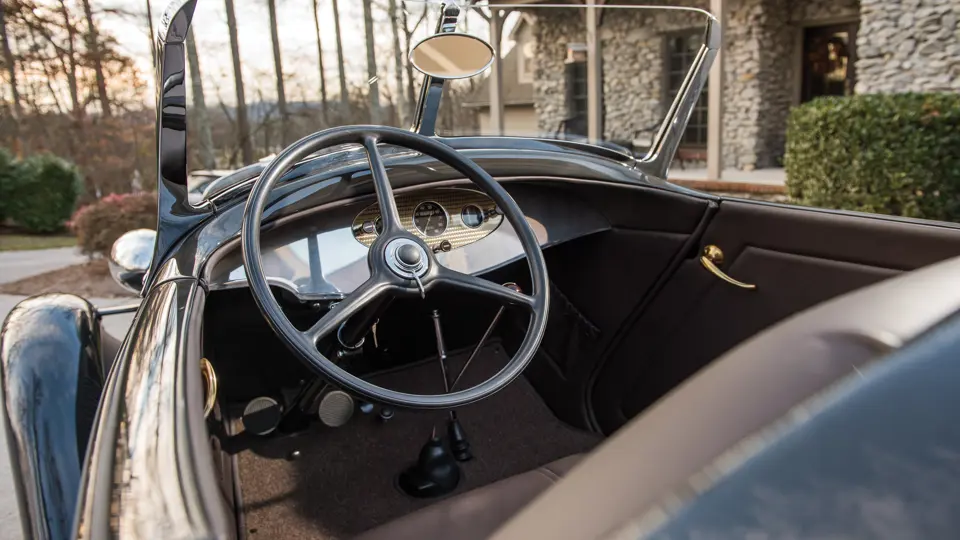



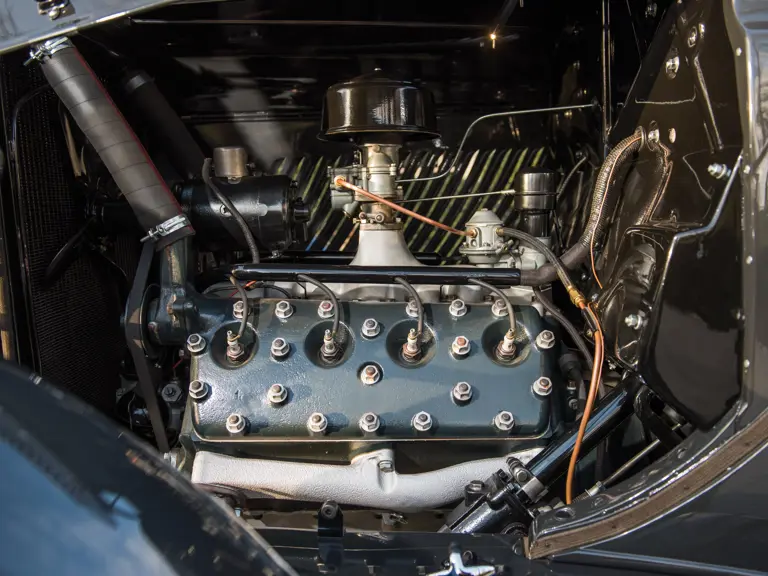
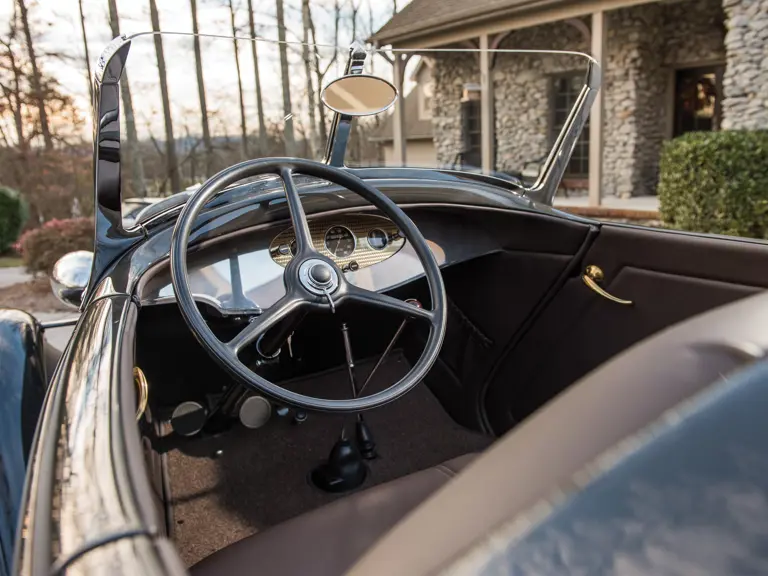
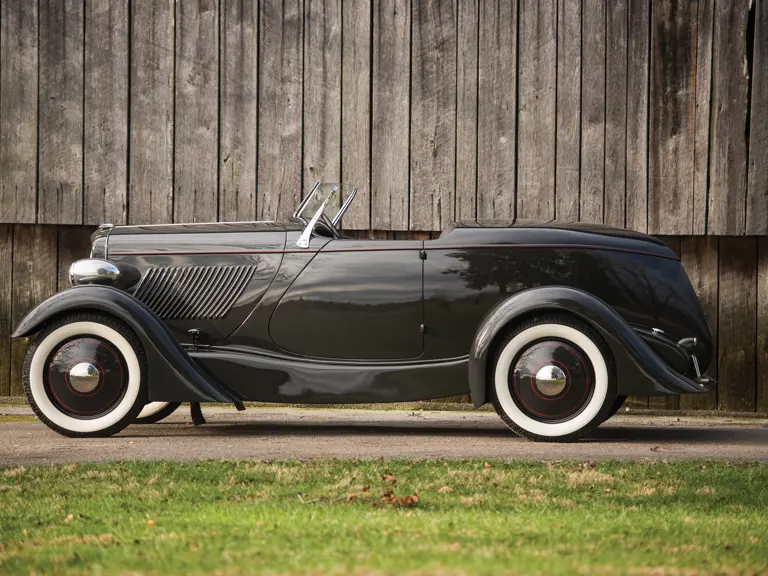

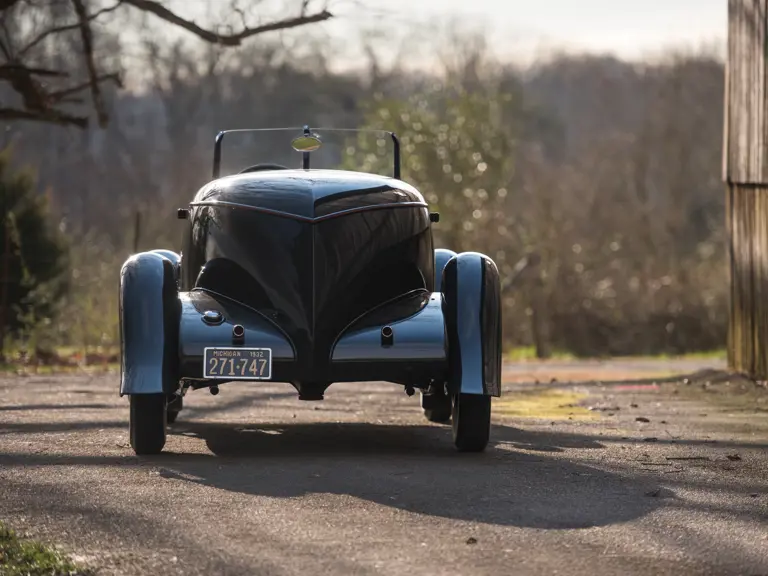
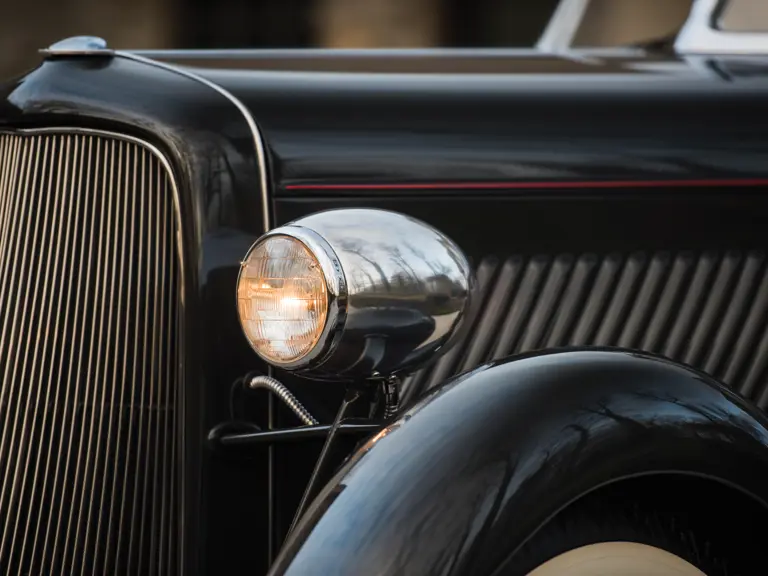



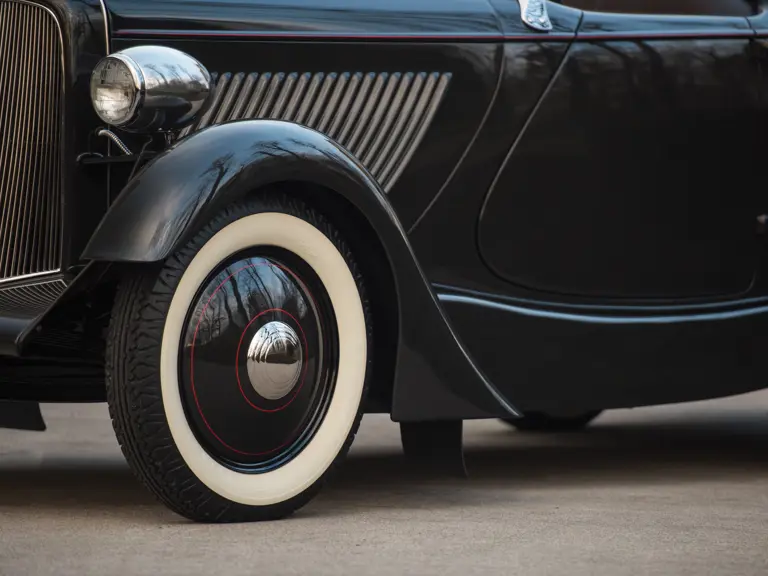
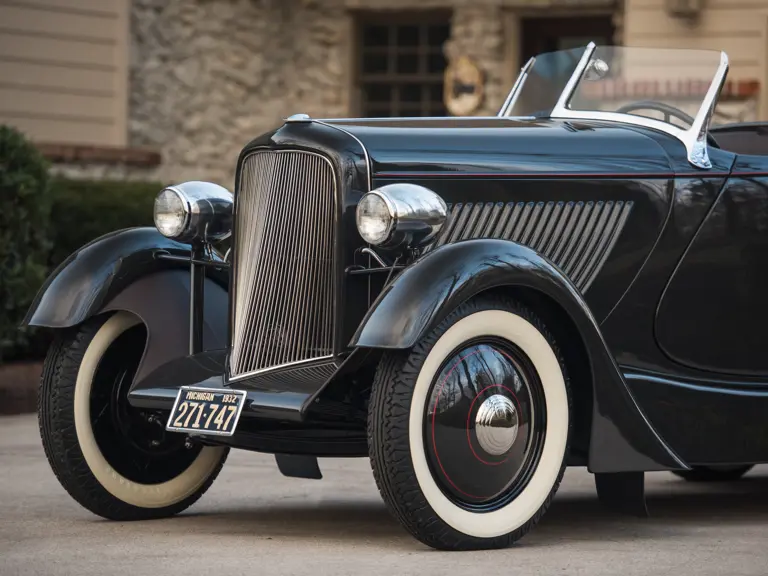
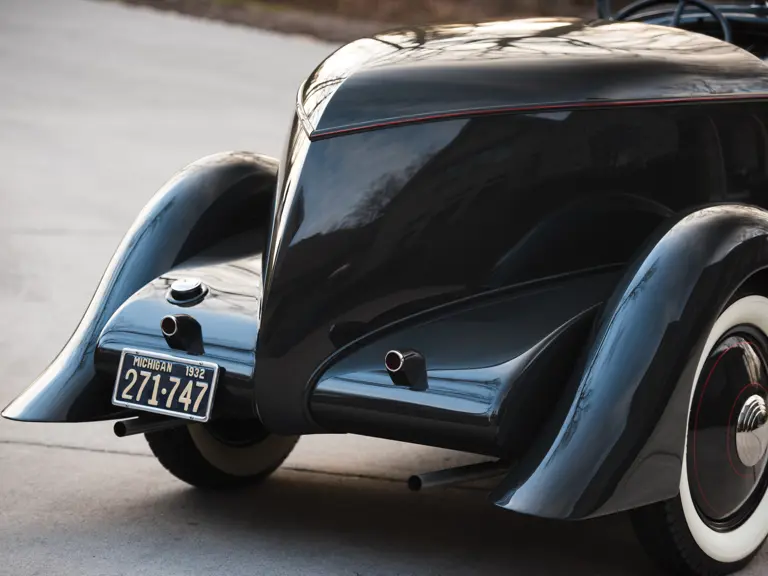
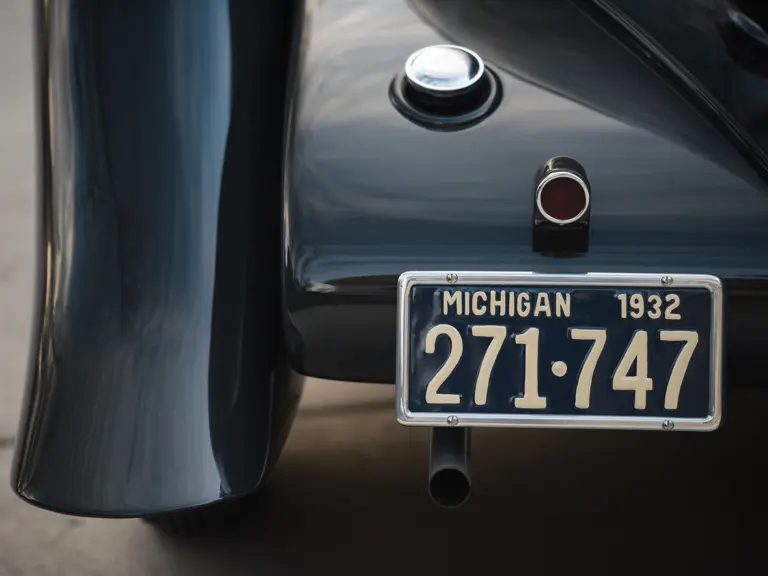

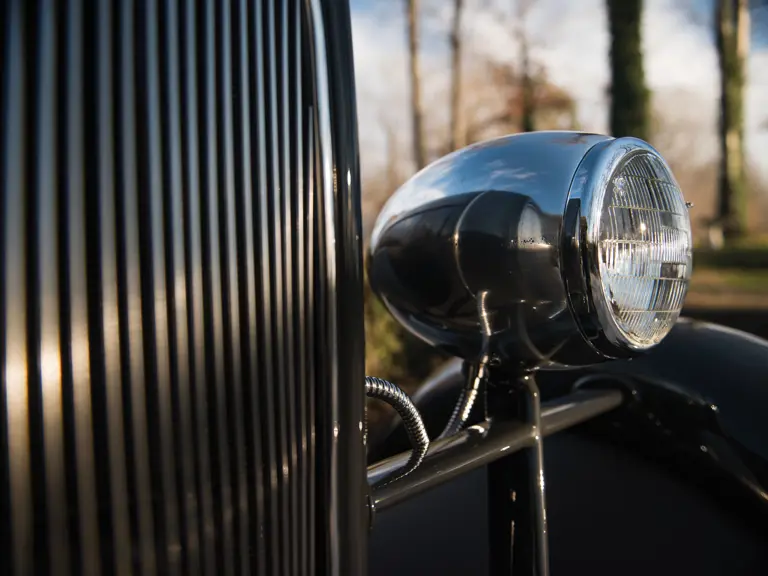
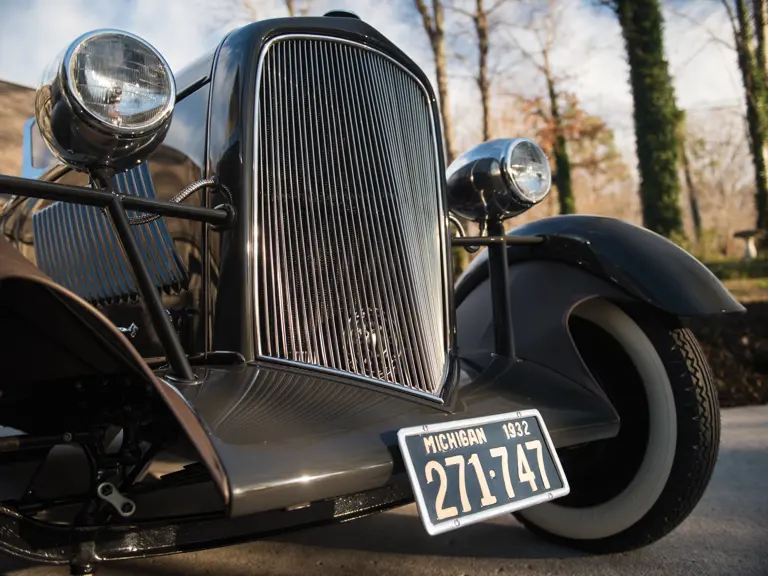

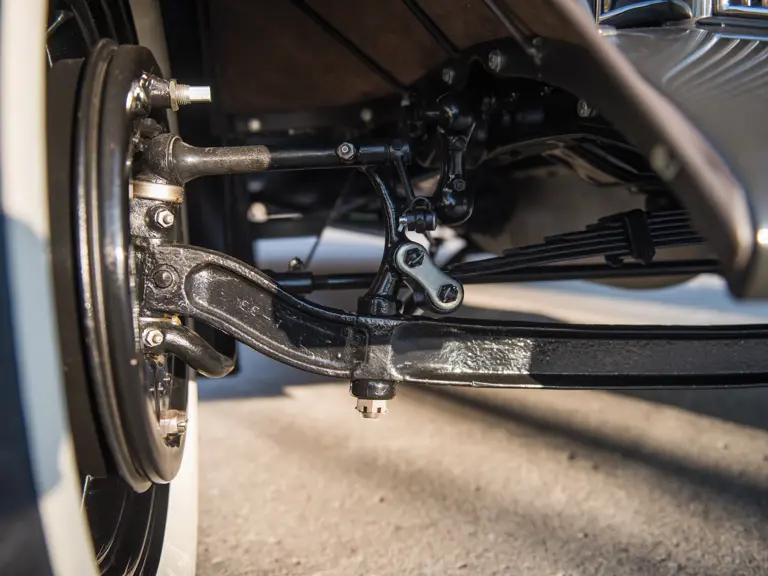

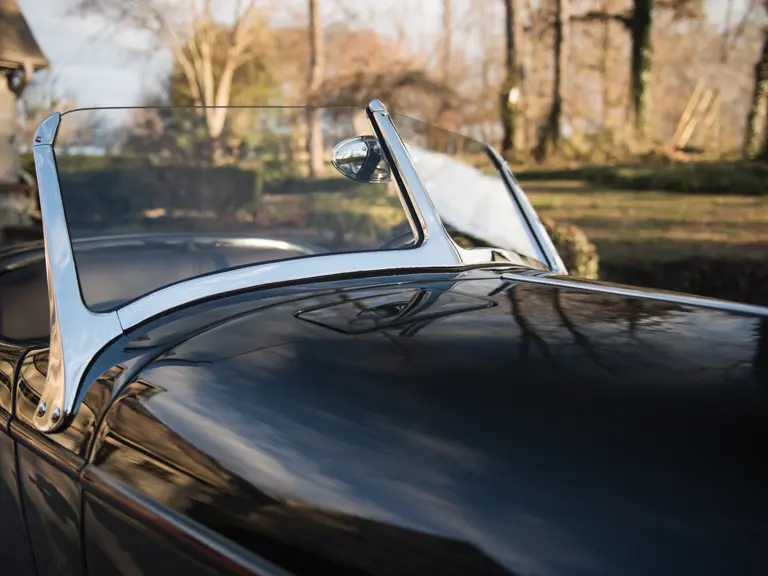
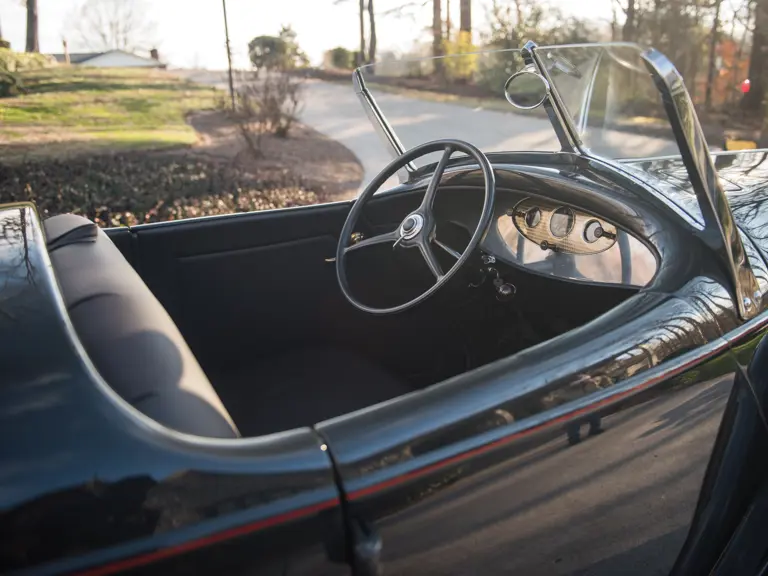

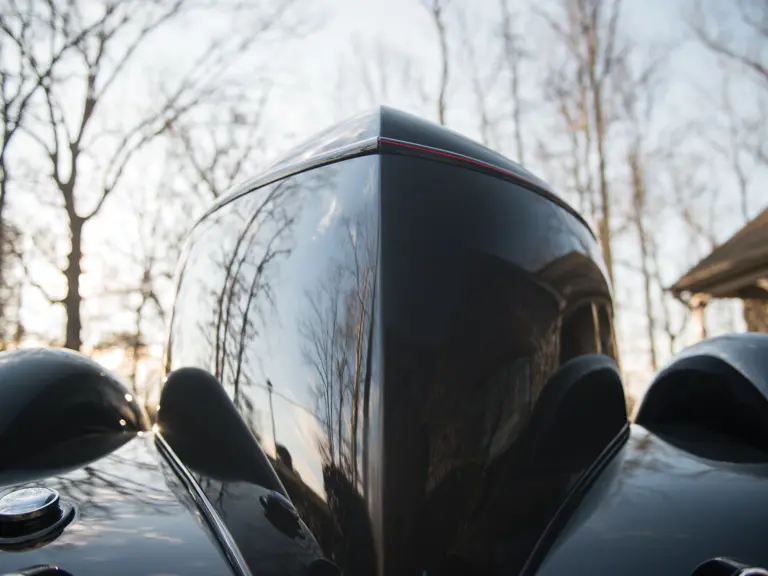
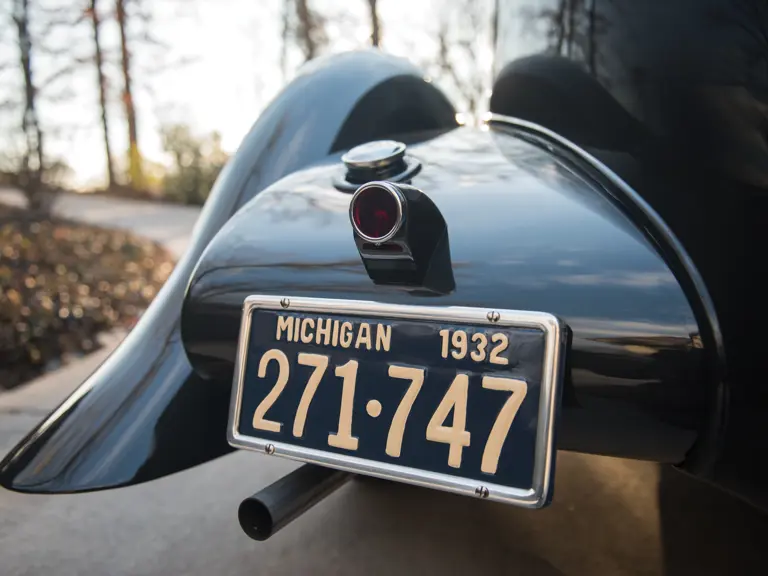
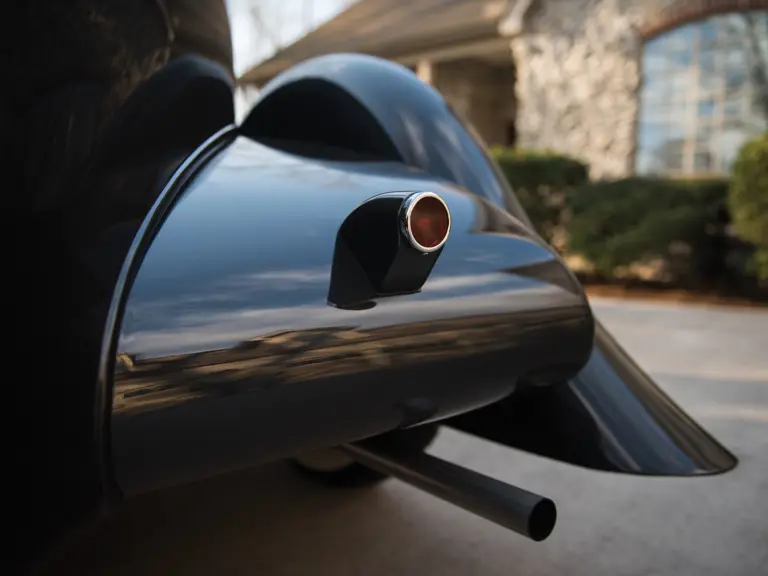
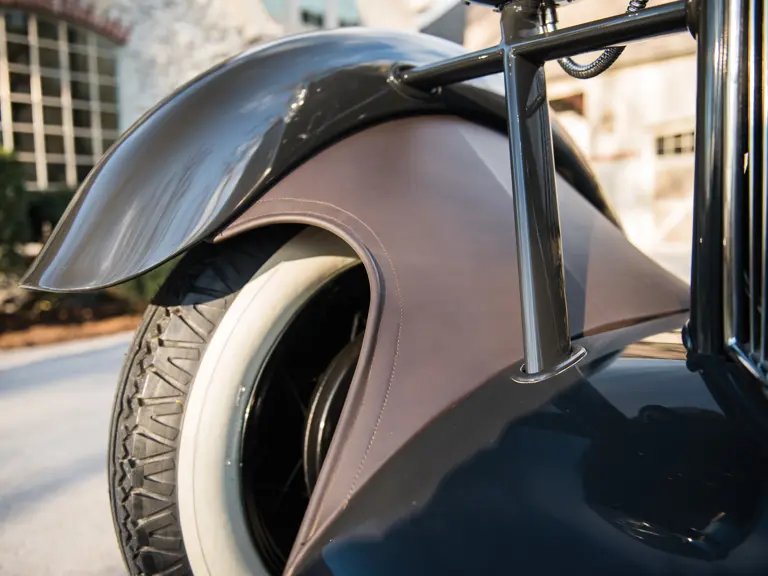
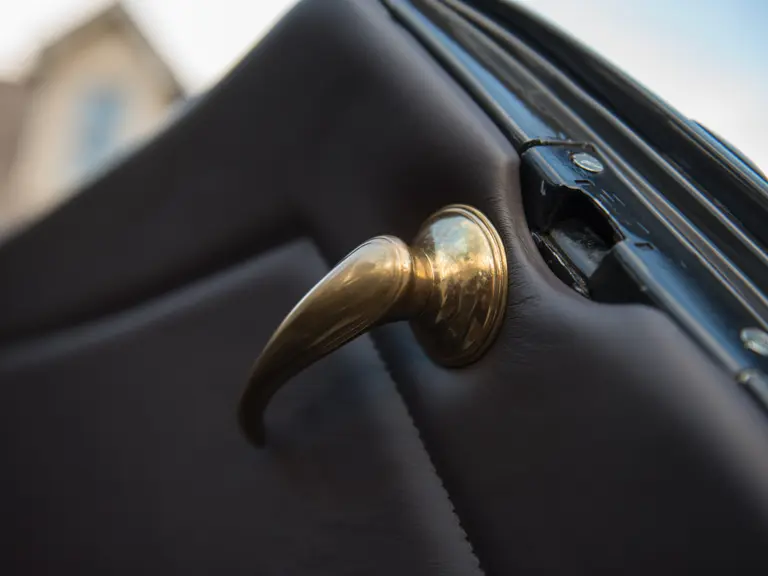

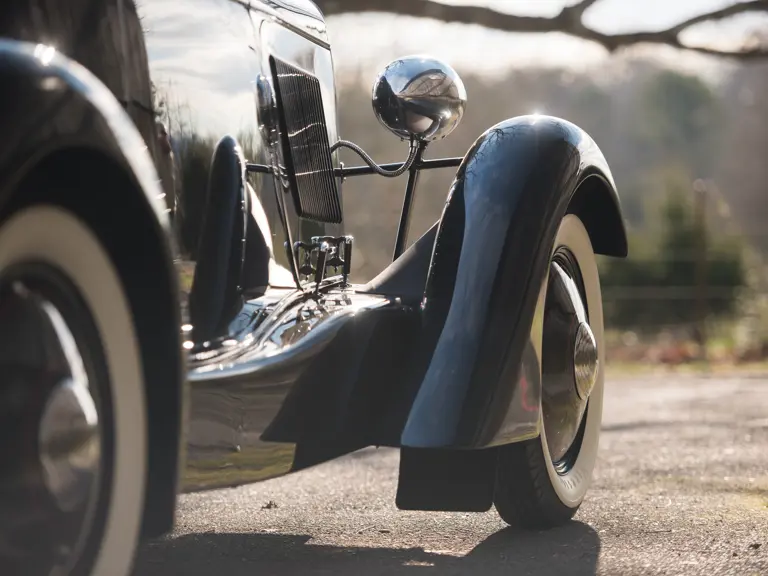

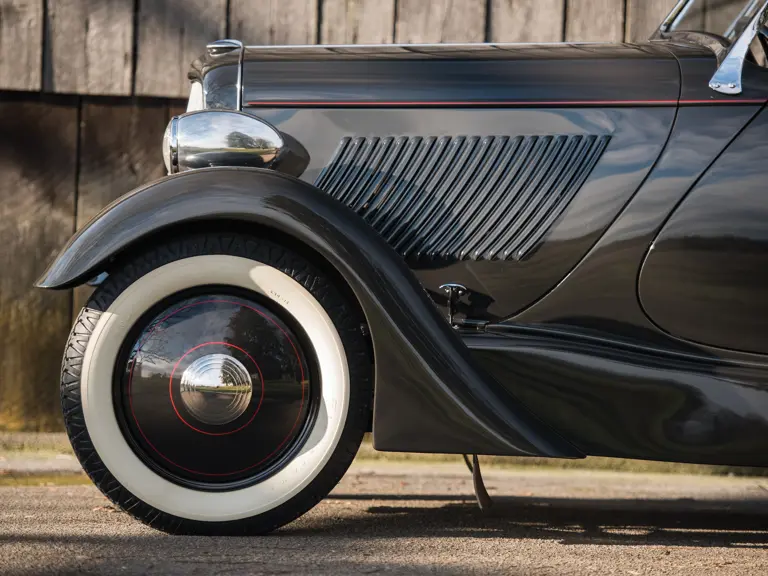
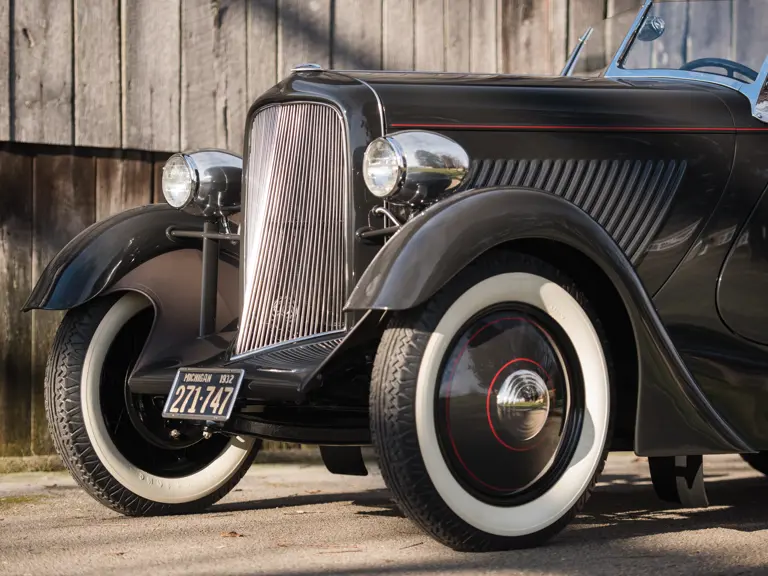
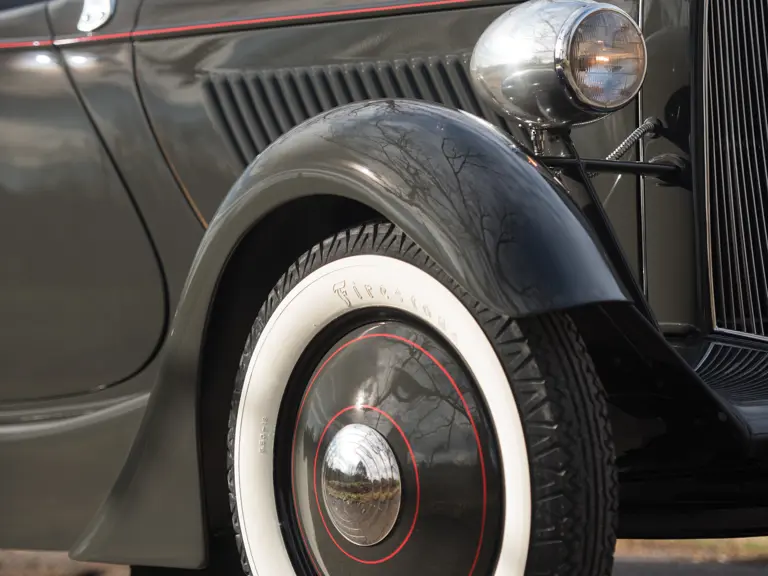

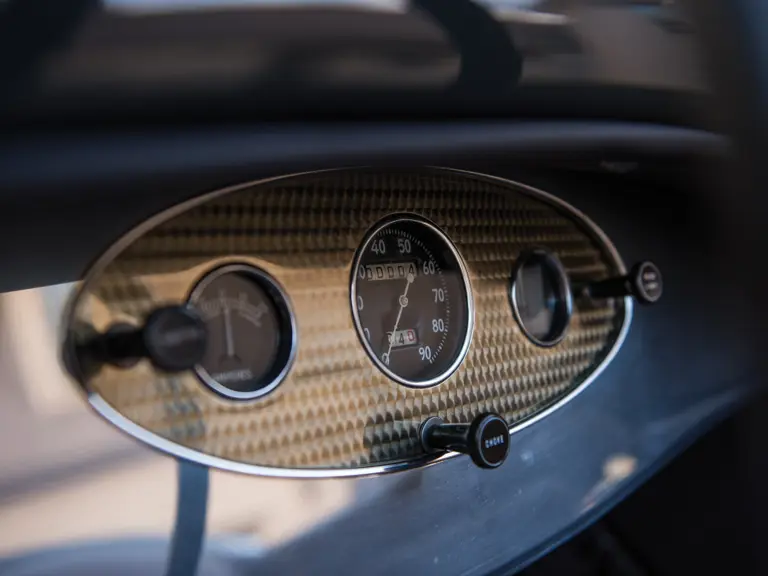
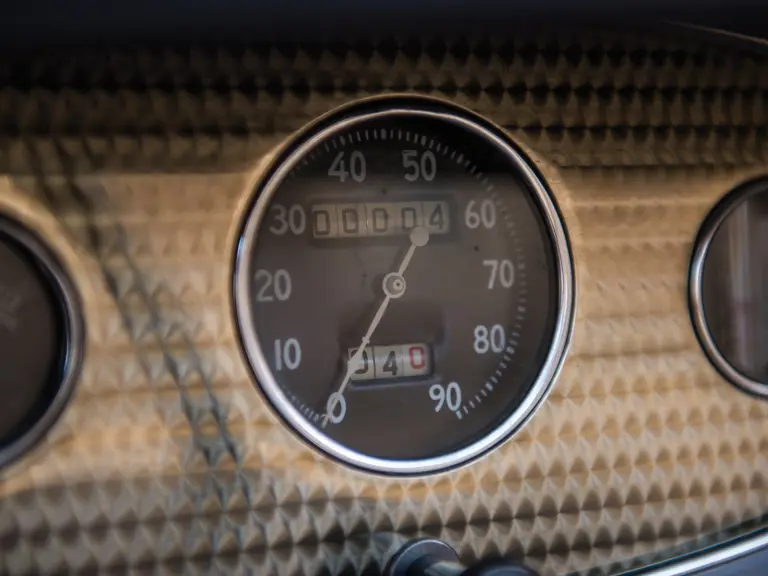

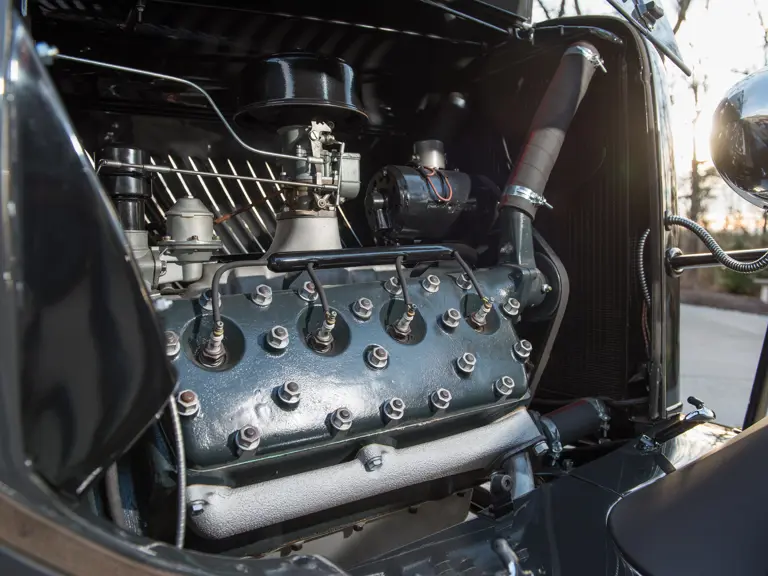
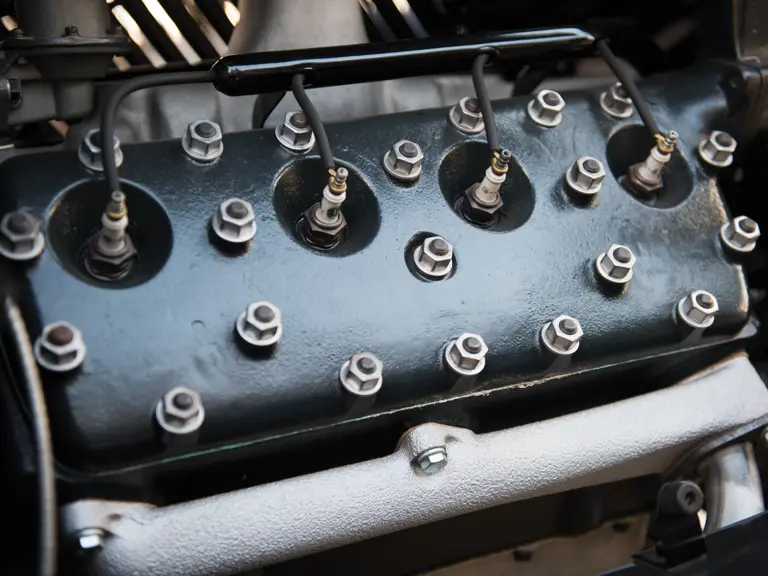
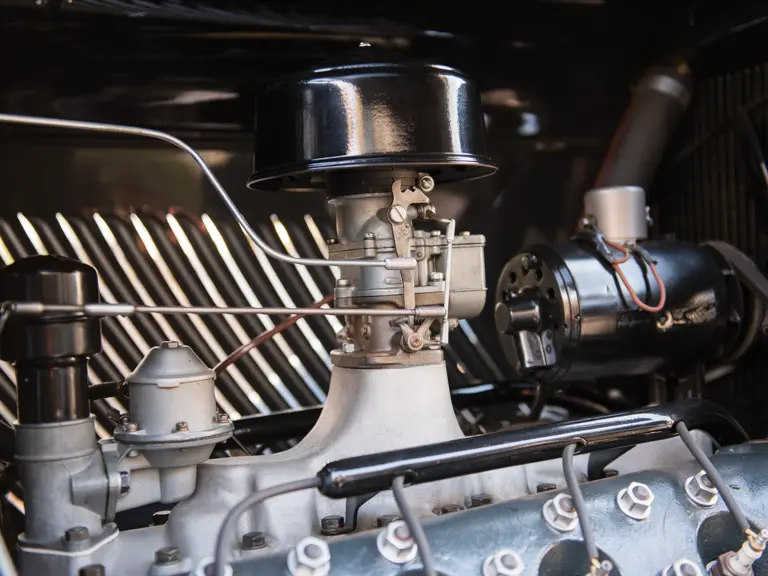

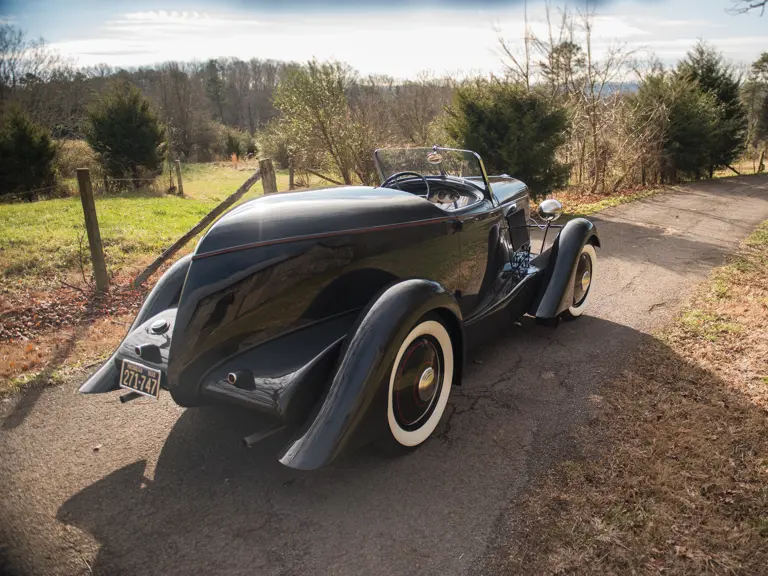

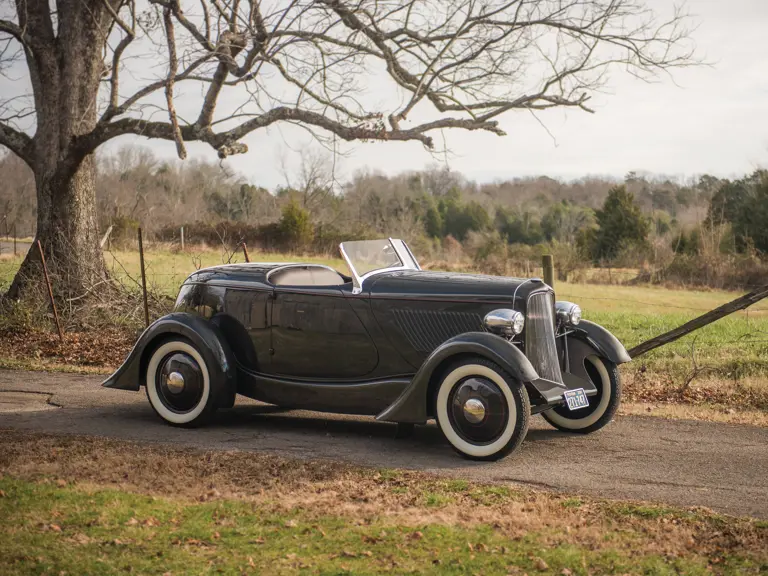
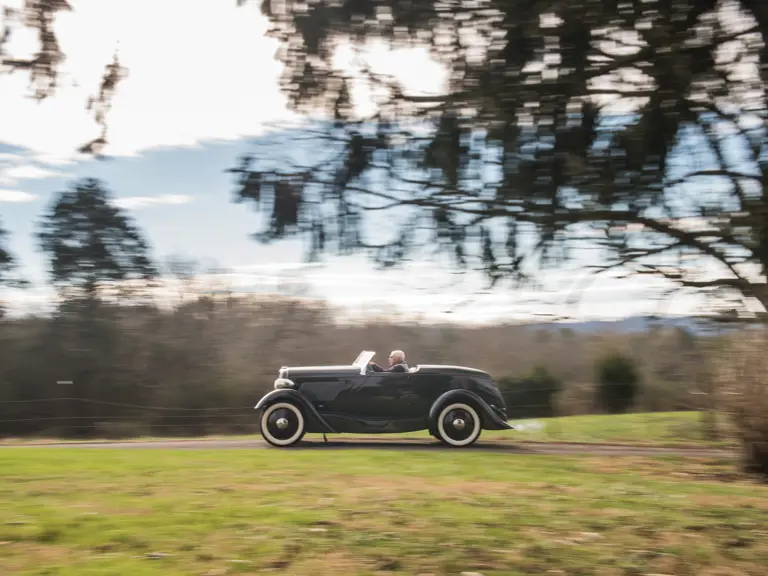
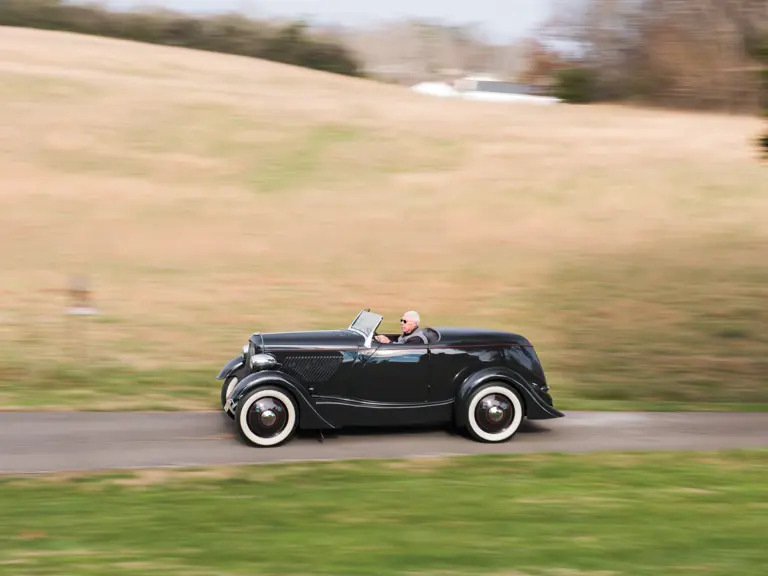


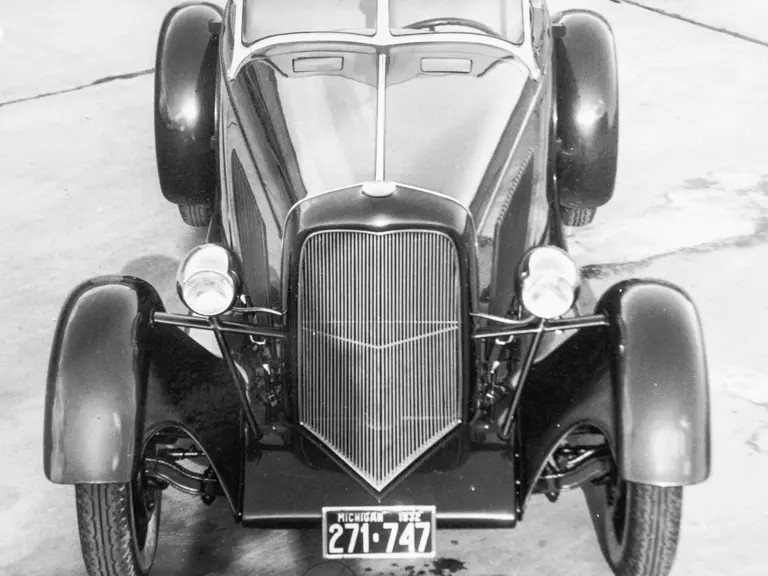
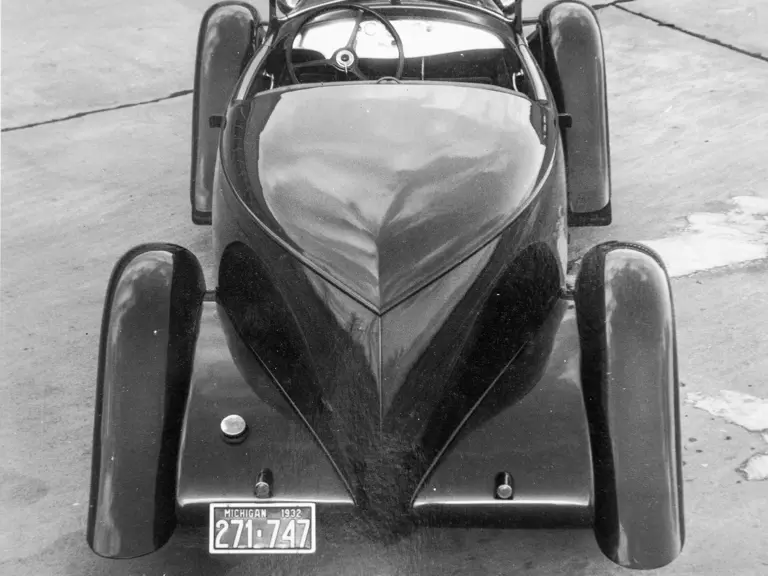
 | Amelia Island, Florida
| Amelia Island, Florida
